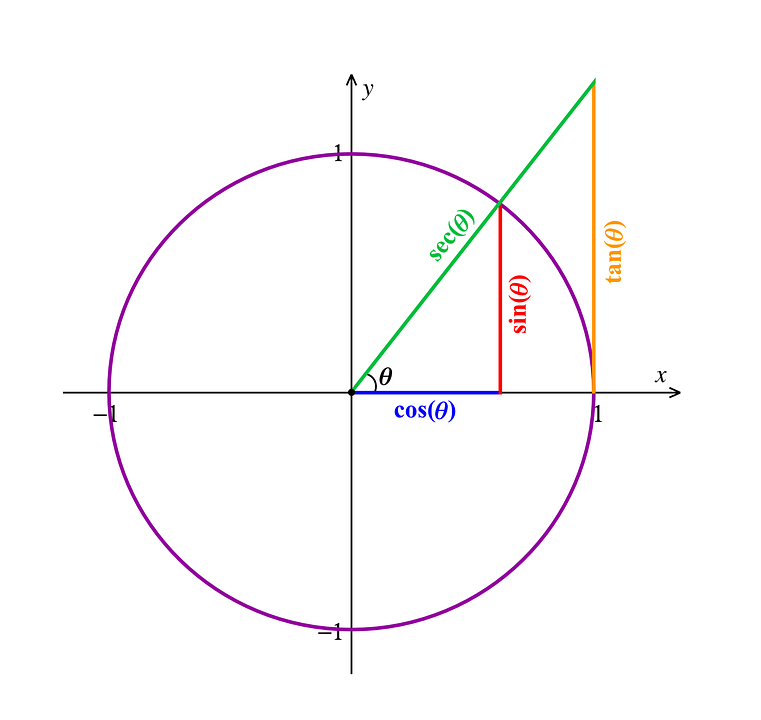What is variability? You have probably heard it being used in the context of statistics, data analysis and research. Whether you are a newcomer to statistics or have basic knowledge of this field, it is important to understand what variability means. This article will help you with that.
‘What is a good heart rate variability?’ You might ask. This article explains each measure and shows you how they can all be derived from the same two equations.
What is Variability and Why is It Important?
A standard question for most statisticians is ‘what is variability in a study?’ Variability touches on extending a data set that spreads out from the standard mean. Moreover, it includes measurement of range, interquartile range, variance and standard deviation. Variability represents the measurement
Variability is important because it tells us how much the values will change each time we take a sample from a population (the entire collection of possible values). If there is little variability, then the samples will likely be similar to one another; if there is high variability, the samples will likely be very different.
Many variables affect variability in statistics. Variability is important because it tells us what values we should expect to see when given a statistic.
For example, if you want to know the average height of all sixth-grade students in your class, you have to take every student’s height and find the mean. However, this only gives you one number: the average height of all sixth-grade students in your class.
From this number, you cannot tell how tall an individual student is likely to be; that is where variability comes in. It allows us to find a range of heights that most students will fall into based on the average height and the standard deviation (a measure of variability). This can help us make predictions about future data points.
Variability Formula
Variability is the extent to which a variable's value in a data set differs from the average of all values. This is also known as dispersion If there is little variability, then the values are close to each other and might be similar; if there are many variabilities, then the values are spread out.
The formula for computing variability is:
variation = sum of (x - avg x)^2
Where x = each individual value in the set of data
avg x = the mean or average value in the set of data
What Is Example of Variability?
‘What do you mean by variability?’ You might ask. Variability refers to the spread of the data or how much the data varies. For example, if you were asked to measure the height of your classmates, the chances are that no one in your class would have exactly the same height. Variability refers to the differences in measurements or scores.
There are two types of variability: inter-item and intra-item variability. The inter-item refers to the differences between items, while the intra-item refers to the differences within an item.
For instance, if you were given a pile of coins and asked to sort them by size, you would be sorted according to inter-item variability. If you were asked to sort them by color (pennies versus nickels), then you'd be sorting according to intra-item variability.
What are Measures of Variability?
Different statistical measures can measure variability. The most common ones are:
The simplest measure of variability is the range, which is calculated by subtracting the lowest score from the highest in a set of data. However, this can be misleading as one extreme score can skew the results dramatically.
For example, if you were to compare two sets of data: {15,12} and {15,0}, they would have exactly the same range (15), but they have quite different patterns of scores. The first has only two scores that differ by three units; the second has two scores of 15 units.
A better measure of variability is the interquartile range (IQR). This is calculated by subtracting Q3 from Q1 in an ordered data set (the “middle” 50% of your data). It is less affected by extreme scores than using the entire range.
The standard deviation is a measure of variability in statistics. This is the square root of the variance, defined as the average squared distance from each data point to the mean.
The higher the standard deviation, the more spread out your data will be; the lower the standard deviation, the less spread out or more clustered around your mean you will find the data. This is mostly used when all of your points are normally distributed (i.e., they all follow a bell curve).
What Is Heart Rate Variability?
Heart rate variability (HRV) measures the variation in time between each heartbeat. It is measured by calculating the cardiac cycle's time between each QRS complex (the spike seen in an electrocardiogram or ECG). The typical unit of measurement for HRV is milliseconds.
The effects of this are most noticeable when you are resting or sleeping. A healthy heart rate will vary based on your physical state and the activity you are engaged in at any given time.
Why Measure HRV?
There are two main reasons to measure heart rate variability. The first is that you can use it to indicate how well your body adapts to stress and training loads, which can help guide recovery, training, and performance optimization. The second is that low HRV can signify an underlying health issue that needs attention.
Final Takeaway
If you are designing a statistical experiment or study, understanding variability is an important part of the design process. Thankfully, it is not as difficult as you might think. Reach out to AceMyHomework today for professional help with your statistics assignment.






